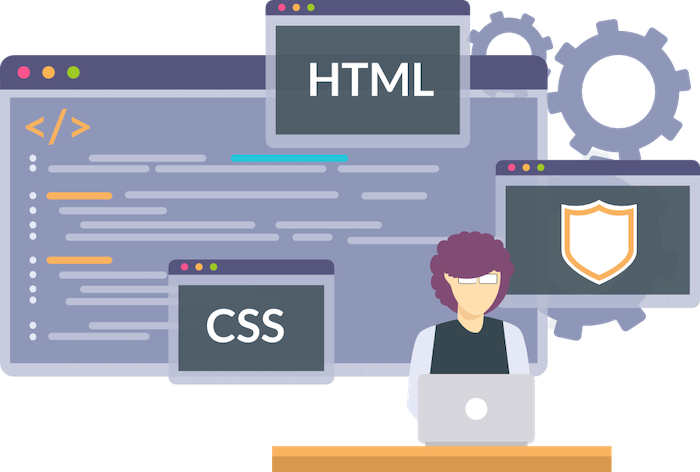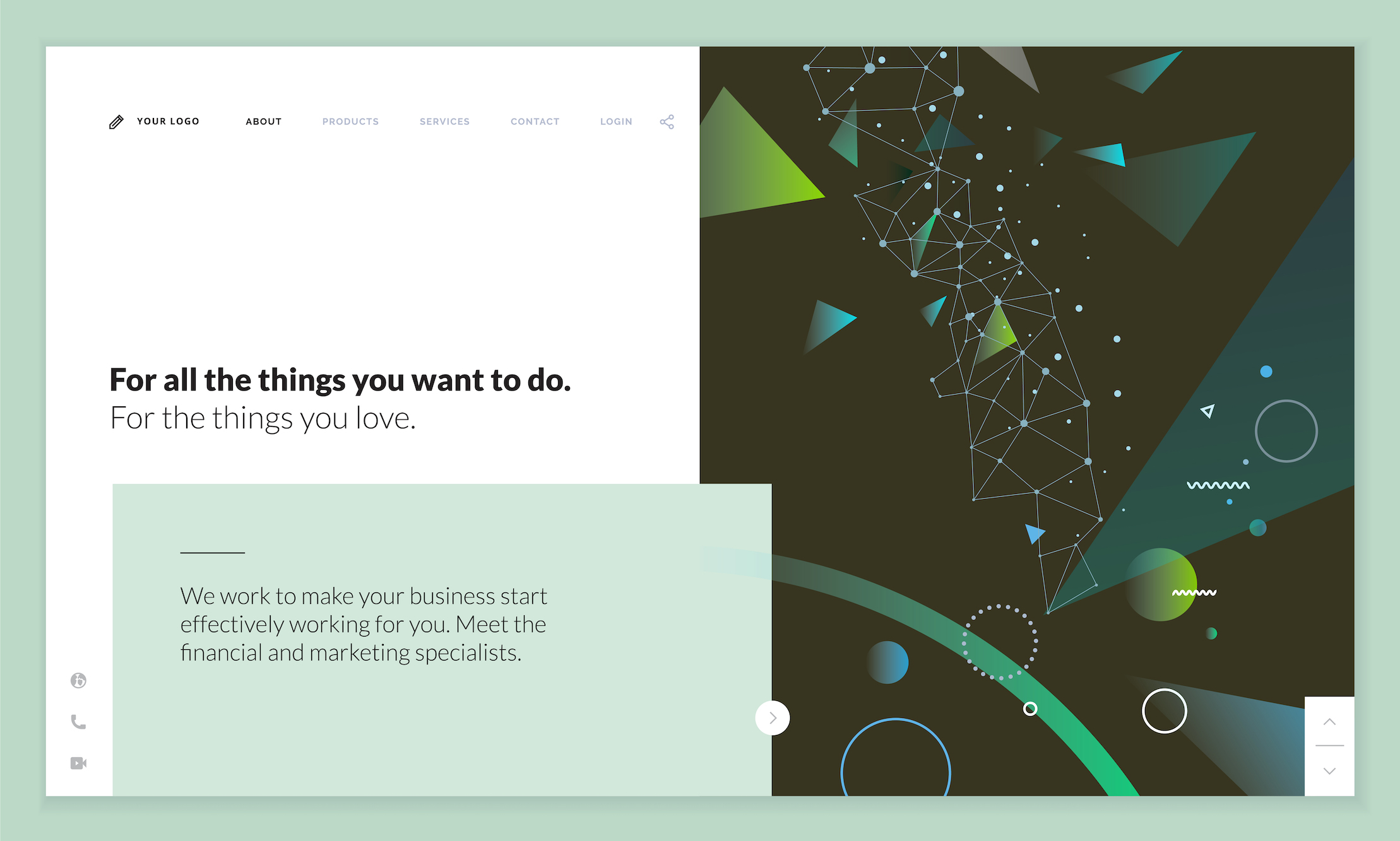It’s time for education with Emily! Get some insight into the core elements of my role as a designer!
Today, we’ll be talking a little more about CSS and its role in designing for the web. CSS stands for Cascading Style Sheets. If you remember our discussion about layers from my “What is HTML?” post, you’ll remember that we said that HTML is the first layer. Well, CSS is the second. It gets built on top of the HTML, but in an entirely different language. CSS “talks” to the HTML through the browser, its shared resource. While HTML tells us the structure of the webpage, CSS tells us how it should look.
CSS can control:
- The colors and sizes of text on a page.
- How big or small an image is.
- Spacing around any object.
- What a navigation link looks like when hovered over.
- Lots and lots more!

When writing CSS, we can write it in three different locations: inline with the HTML, in the head of an HTML file, or most often, in an external file. This is what the Cascading means in CSS. A line of CSS written inline will overwrite one that was written in an external file. It’s important to know where you are writing your code so that it isn’t getting overwritten.

Of all coding languages, CSS is my favorite because it has the power to transform un-styled, bland pages into beautiful and usable websites. CSS’s transformative power, coupled with HTML’s structure, can create an entirely usable and aesthetically pleasing website. I rely on WordPress to start the structure and styling for me, as I am then able to extend and customize the styles to make a unique website that meets the client’s needs.


